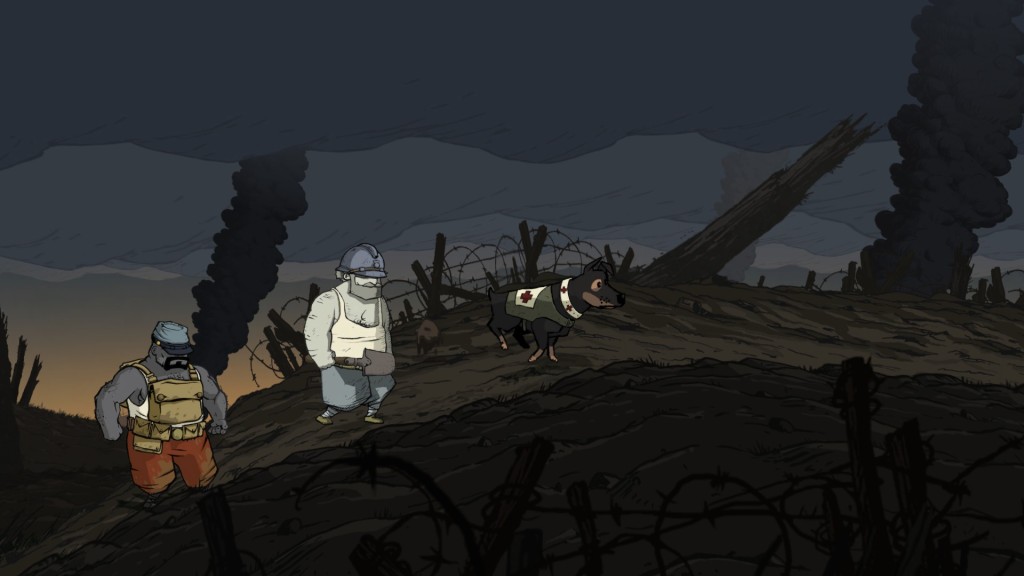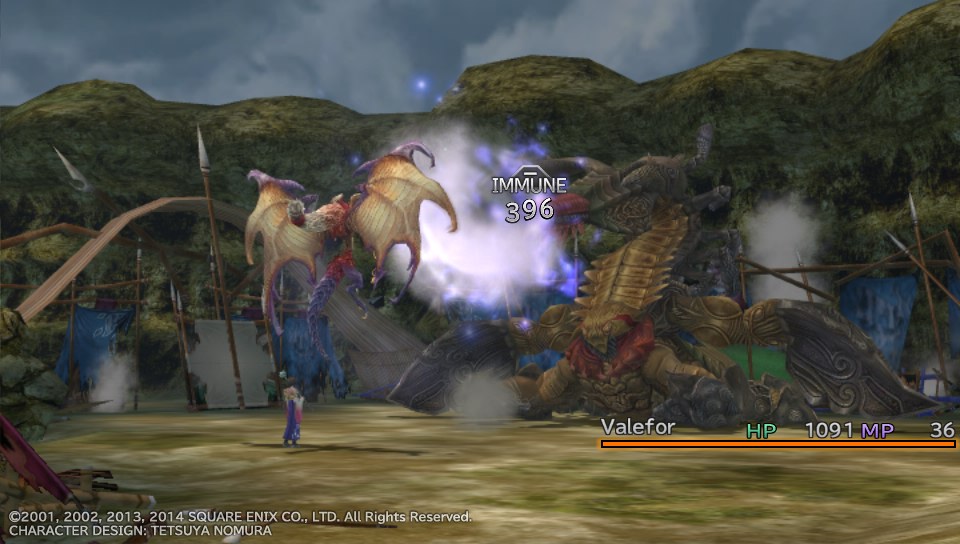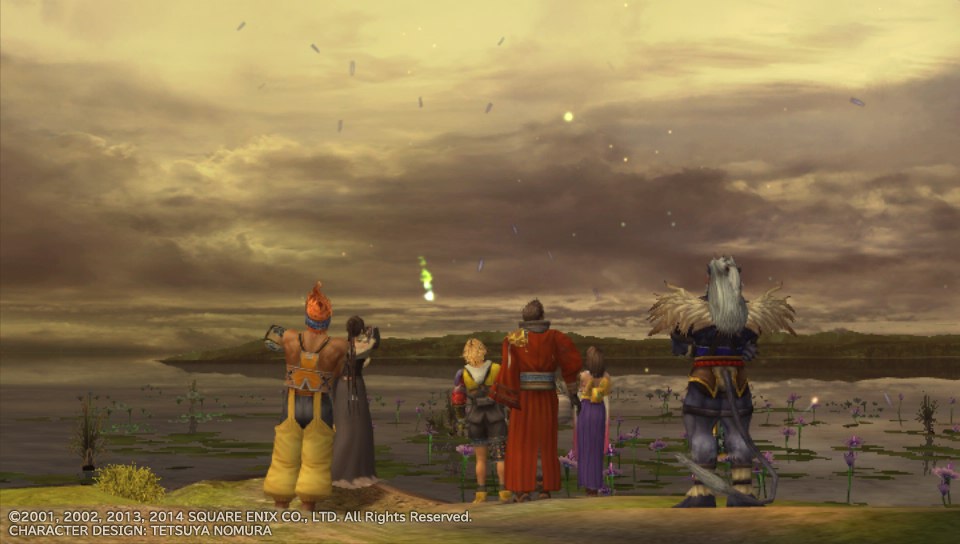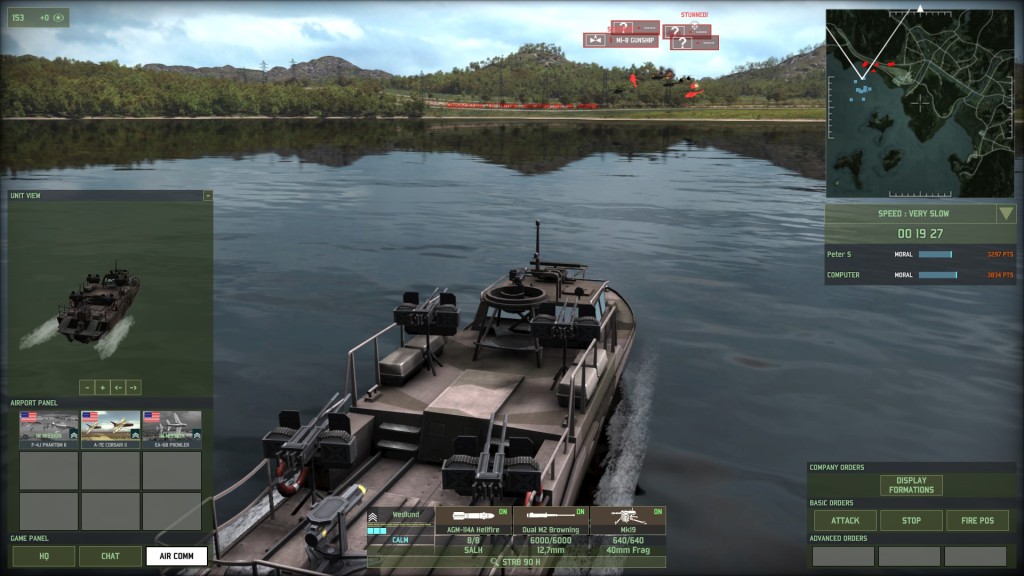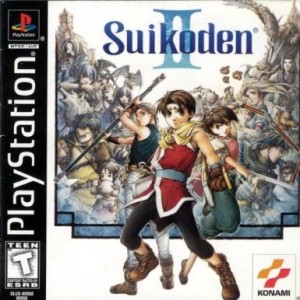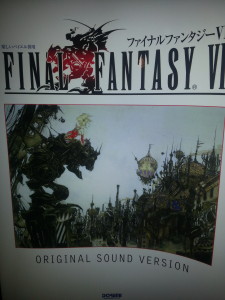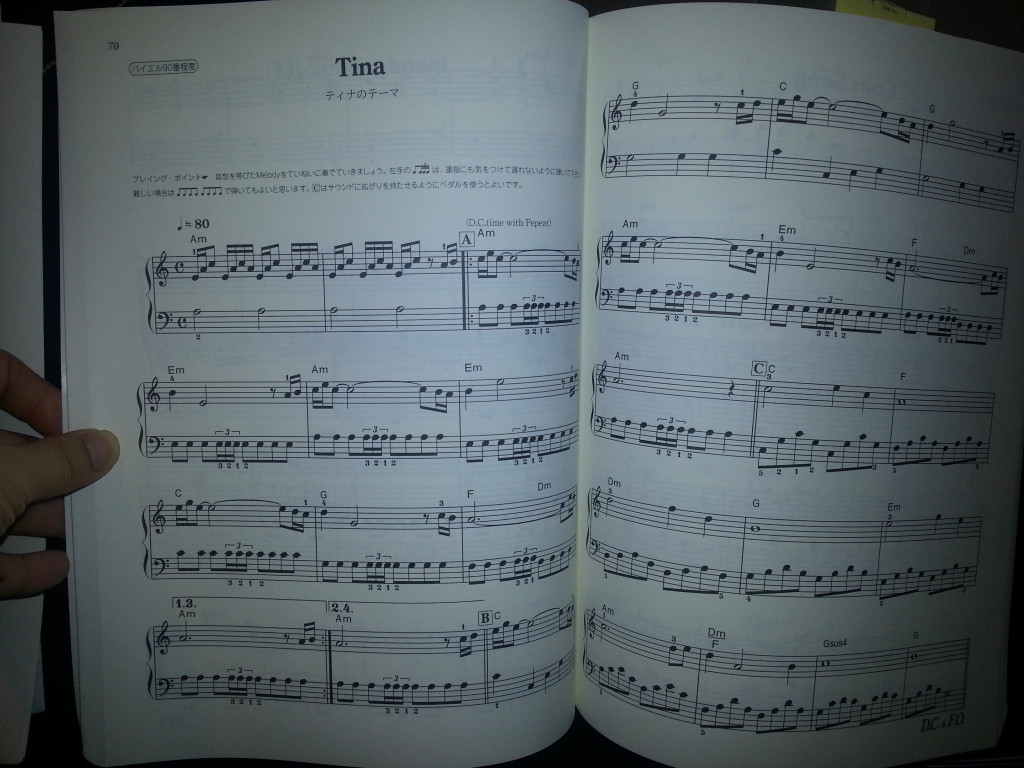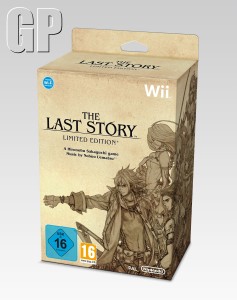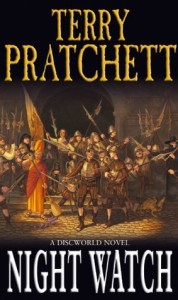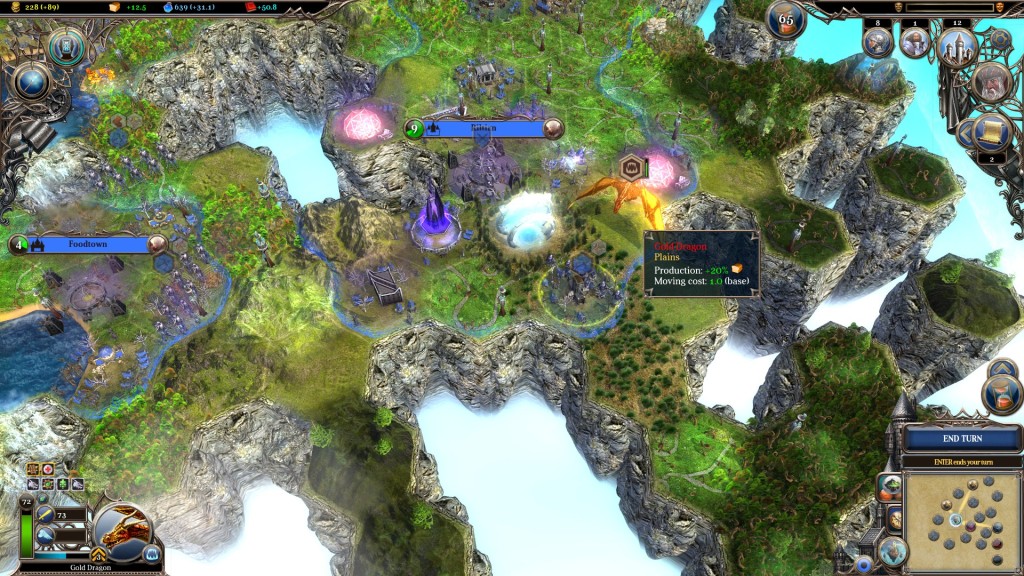
My first scout killed some cockroaches and some wolves, then was mauled by a giant bear.
My second scout found some demonic trees and was turned into fertilizer before he could retreat.
My third scout killed some wolves and some weak spiders, reached level 3, and was immediately eaten by the giant killer spider lurking behind the weak spiders.
My fourth scout was diverted to help clean up a rogue infestation near my second city. After that he headed out into the fog and had dinner with some angry zombies. He was the main course.
My fifth scout killed the bear that killed my first scout, and discovered ogres. This was not a fortuitous discovery.
My sixth scout survived until the end of the game despite some hairy moments involving fire elementals, imps, vampire lords, sand golems…
My seventh scout found a trio of polar bearmen.
As the sequel to 2012’s Warlock: Master of the Arcane, Warlock 2 builds on that foundation and manages to make its predecessor all but obsolete. Warlock 2 offers most of 1‘s content, along with a bevy of new features, systems, modes, options and content. Unfortunately it also inherited the first game’s biggest flaw: weak AI opponents. As such, the game’s world is your main opponent, and what a hostile, merciless opponent it can be! The list above is a fairly standard record of the first 20 turns of my Warlock 2 games.
When I reviewed Warlock 1 at release I found it to be enjoyable, and a little unusual. It looked like Civilisation V, a similarity which only ran skin-deep. Far from being a 4X empire builder, it was a tactical wargame powered by copious magic, a hostile world, and unhinged comedy. Warlock 2 is no different, and in the crowded turn-based fantasy strategy game market of 2014 that’s all the more important. Warlock 2 is not directly comparable to Age of Wonders III, Endless Legend, Elemental, Eador, or any of the other releases which we’ve seen in the last year.
Read more
Like this:
Like Loading...
